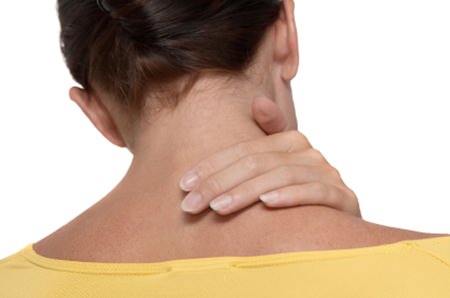Fraudulent ‘slam-ons’ – road traffic accidents deliberately caused in order to claim for whiplash compensation – increased by 51 percent in 2013, according to claims fraud data from Aviva in the UK.
These induced accidents having a value of over £10m and are at the highest levels ever detected by the insurer. In total, Aviva has over 6,000 motor injury claims linked to organized fraud activity and is calling for stronger deterrents whilst warning motorists to be vigilant behind the wheel.
 Whiplash injury.
Whiplash injury.
Aviva says Be Vigilant: How to minimise the risk of being targeted by the cash for crash fraudsters:
Stay alert: Pay attention to your driving and the cars/traffic around you.
Keep your distance: Keep a safe distance between your vehicle and the vehicle in front. Allow sufficient space to stop or maneuver to avoid colliding with a vehicle in front.
Check the brake lights: A common trait in many vehicles involved in ‘crash for cash’ is failure of the vehicle’s brake lights. If you notice the car in front brakes and their lights don’t work, remain cautious, allow extra space between you and the vehicle, and perhaps distance your car from theirs.
Warning signs: Is the car in front moving particularly slowly or is it slowing down and speeding up for no apparent reason?
Driver Behavior: If the driver in front is focusing on the back of the vehicle, that could be a sign they are looking for an opportunity to induce an accident.
Passenger Behavior: Are the passengers in the vehicle in front turning around and looking at you for no apparent reason? They may be assessing an opportunity to induce an accident.
Collision Damage: Does the car in front look like it has been in other accidents – especially showing damage to its rear?
What to do if you are in an accident and are suspicious it may be fraudulent:
Stay calm. Don’t argue with the driver of the other vehicle and/or their passengers.
Call the police immediately while you are still at the scene of the accident, inform them you suspect the accident is a cash for crash scam and ask them to attend the accident scene.
Don’t admit liability to the other driver, passenger or anyone else that appears to be connected to them at the scene of the accident. Don’t agree to liability in writing, either.
Capture as much information as possible at the scene:
The make, model and registration number of the other vehicle.
The time, date, location and weather conditions at the time of the accident.
The full name, address and date of birth of the driver and each passenger in their vehicle, and whether they were male or female.
The total number of passengers in the other vehicle, to include where they were sat in the vehicle immediately after the accident.
Take pictures or video if you can, capturing any damage (or lack thereof) to the other vehicle and the scene of the accident.
Whether the driver of the other vehicle or any of their passengers are complaining of being injured and also if no one is complaining of being injured whether the driver was reading from a document when dealing with you, or hands you a document with their details already recorded – were they overly prepared for an accident?
How the other vehicle left the scene of the accident (e.g. driven or towed away). If towed or transported away, make a note of the vehicle and registration number of the vehicle that took the car away, to include whether it displayed any business name the names and addresses of any independent witnesses.
As if there isn’t enough of a problem just staying out of trouble in ordinary traffic! Now while this is a UK article that was sent to me, take it as a pointer to the future – it will happen here. You have been warned.




